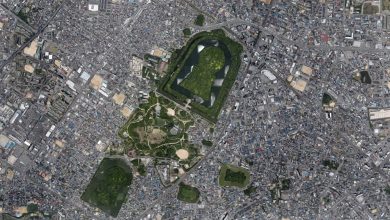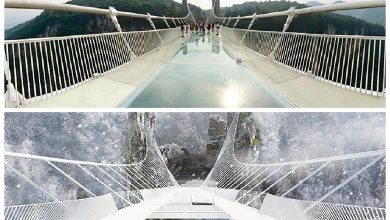World’s largest free trade: Asian countries sign agreement after 8 years of negotiations
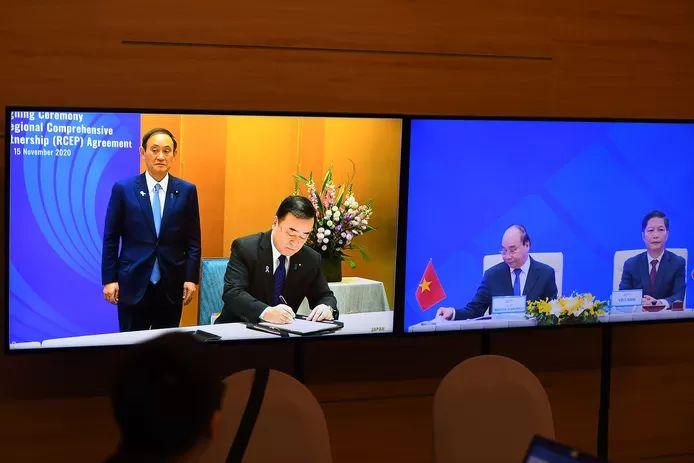
After eight years of negotiations, China and fourteen other mainly Asian countries signed the world’s largest free trade agreement on Sunday. The signing followed a summit of the Southeast Asian country organization ASEAN in the Vietnamese capital Hanoi.
After eight years of negotiations, with many difficulties, talks on the Regional Comprehensive Partnership (RCEP) ended, and the official signing followed at the 37th Asean Summit, Vietnamese Prime Minister Nguyen Xuan Phuc said. That biennial summit mainly took place online because of the corona pandemic.
China, Japan, South Korea, Australia, and New Zealand are part of this free trade zone, as are the ten members of the Southeast Asian country organization ASEAN. In addition to Vietnam, these are also Thailand, the Philippines, Laos, Cambodia, Myanmar, Malaysia, Singapore, Indonesia, and Brunei. RCEP is thus larger than the European Union or the free trade zone between the United States, Mexico, and Canada.
India withdrew from RCEP negotiations last year as it fears lower tariffs could hit the Indian industry. The aim of the agreement is to make a series of trade tariffs disappear within 20 years. There will also be trade rules, for example. The agreement covers trade and services, investments, e-commerce, telecommunications, and property rights.
The free trade zone was first proposed by the ASEAN countries in 2012, yet it is widely regarded as a Chinese response to the originally American-backed Trans-Pacific Partnership. As is known, US President Donald Trump already decided to leave TTP at the beginning of his term.
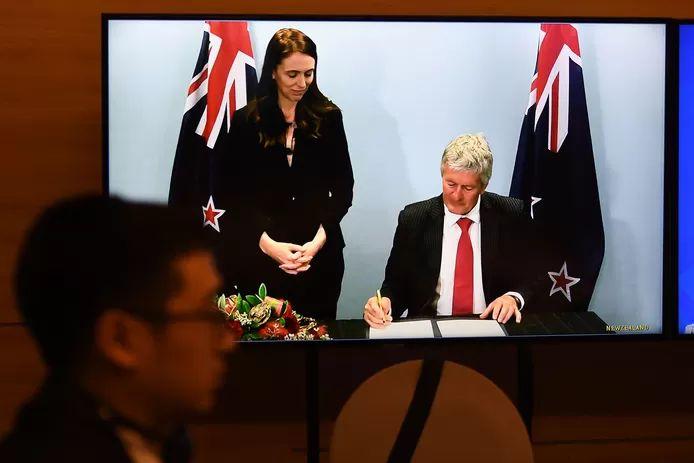
The various member states of RCEP account for a third of the world’s population (2.2 billion people) and 29 percent of the international GDP.
“Since early 2020, the corona pandemic has spread to more than 200 countries and territories, creating socio-economic and political challenges, as well as reduced ‘mobility’ of trade and investment flows worldwide,” said the Vietnamese Prime Minister Nguyen Xuan. Phuc. “Since the beginning of this year, efforts have been made by various parties to resolve existing problems through negotiations.”
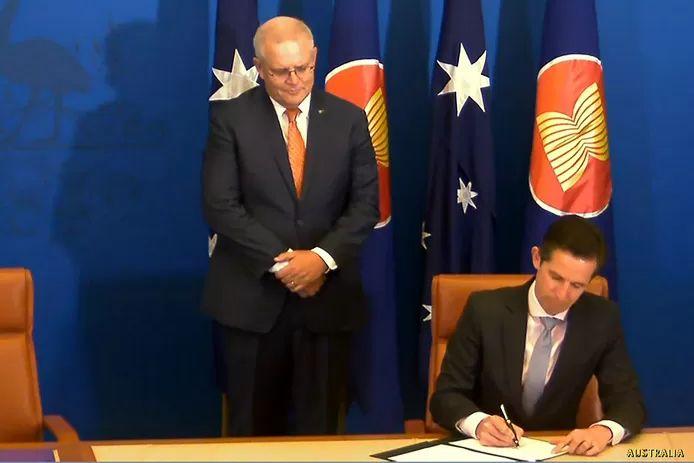
In his speech, Chinese Prime Minister Li Keqiang said that the signing of RCEP is a victory for the world economy. “The signing of RCEP is a milestone not only for East Asian regional cooperation but also for multilateralism and free trade.” According to calculations by the American think tank Peterson Institute for International Economics, China could add up to $85 billion to its own gross domestic product thanks to the free trade agreement.

According to Australian Prime Minister Scott Morrison, the signing is a blessing for farmers in his country, as well as for employment. “One in five Australian jobs depends on trade. The RCEP deal will be crucial as Australia and the region embark on rebuilding after the COVID-19 pandemic.”


